Big cats, including lions, tigers, leopards, and cheetahs, are magnificent and powerful creatures found across the globe. Understanding their migration patterns can be both a captivating and enlightening experience, opening a window into their survival strategies, ecological roles, and interactions with humans and the environment. In this article, we’ll explore the truths and myths surrounding big cat migration patterns.
What is Migration and Why Do Big Cats Migrate?
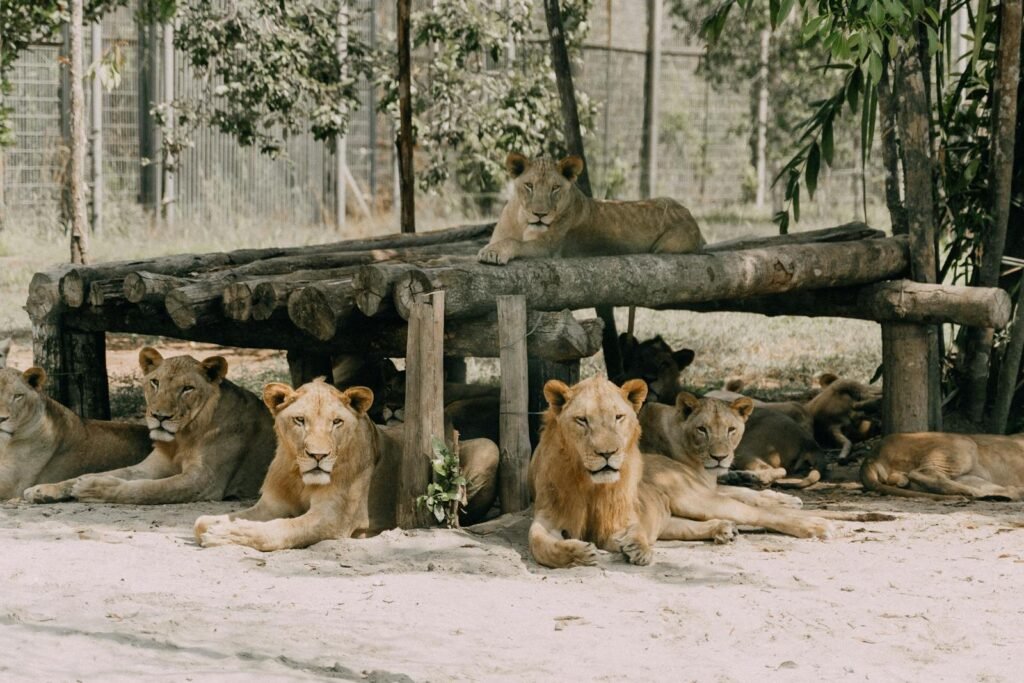
Migration is a natural phenomenon involving the large-scale movement of species from one location to another, usually dictated by changes in seasons or habitat availability. While many big cats are known for their territorial behaviors, certain circumstances may prompt them to migrate. Migration helps them find food, mate, and avoid threats, ensuring their survival and contributing to ecological balance.
Historical Perspectives on Big Cat Migration
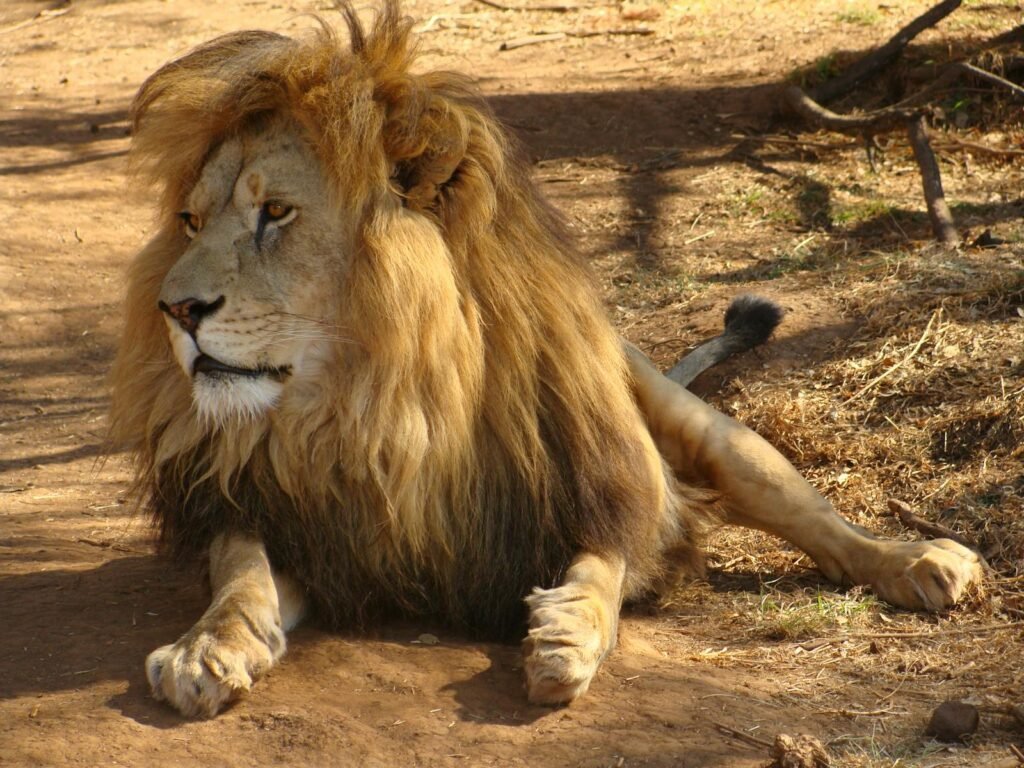
Historically, big cats have faced diverse environmental challenges that have shaped their migration behaviors. Ancient human activities, climate changes, and the development of the landscape over centuries have influenced how these majestic creatures move across territories. Studying the historical contexts allows us to appreciate the adaptations and evolutionary changes in big cat species.
Examining the Migration Patterns of Lions
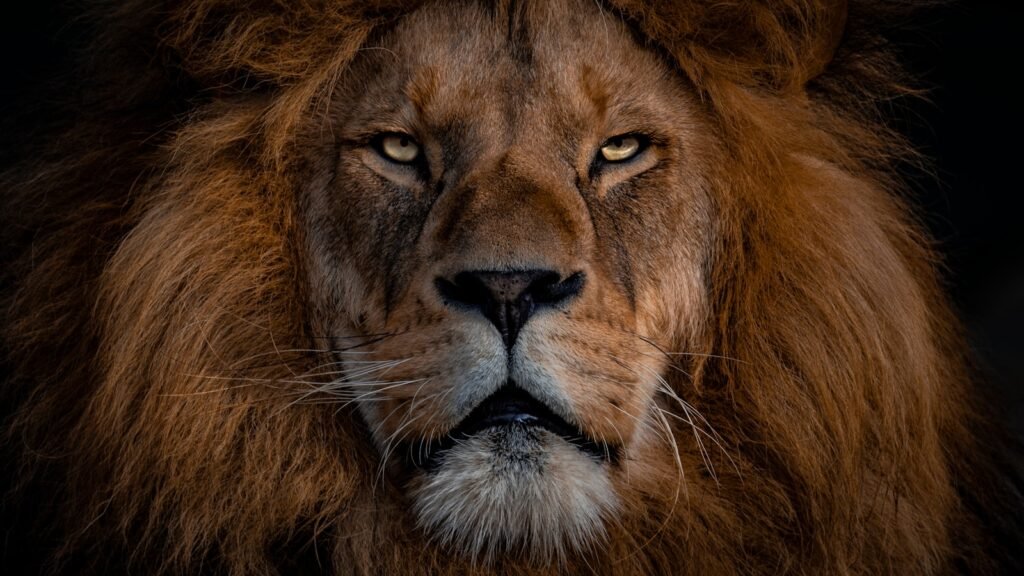
Lions, primarily located in Africa, exhibit partial migratory behaviors depending on environmental conditions. Their migration is often driven by prey availability and water resources, leading prides to move between savannahs and woodlands. Climate change and human encroachment force lions to alter their traditional routes and territories, testing their adaptability limits.
Tigers: Solitary Wanderers or Structured Movers?

Tigers, particularly the Siberian subspecies, demonstrate migratory-like behaviors over vast stretches of land in search of prey. As solitary hunters, their movements are less structured compared to social species like lions. Human-induced habitat fragmentation in Asia has muddled traditional pathways, posing threats to this elusive apex predator.
The Silent Stalkers: Leopards and Their Migration Habits
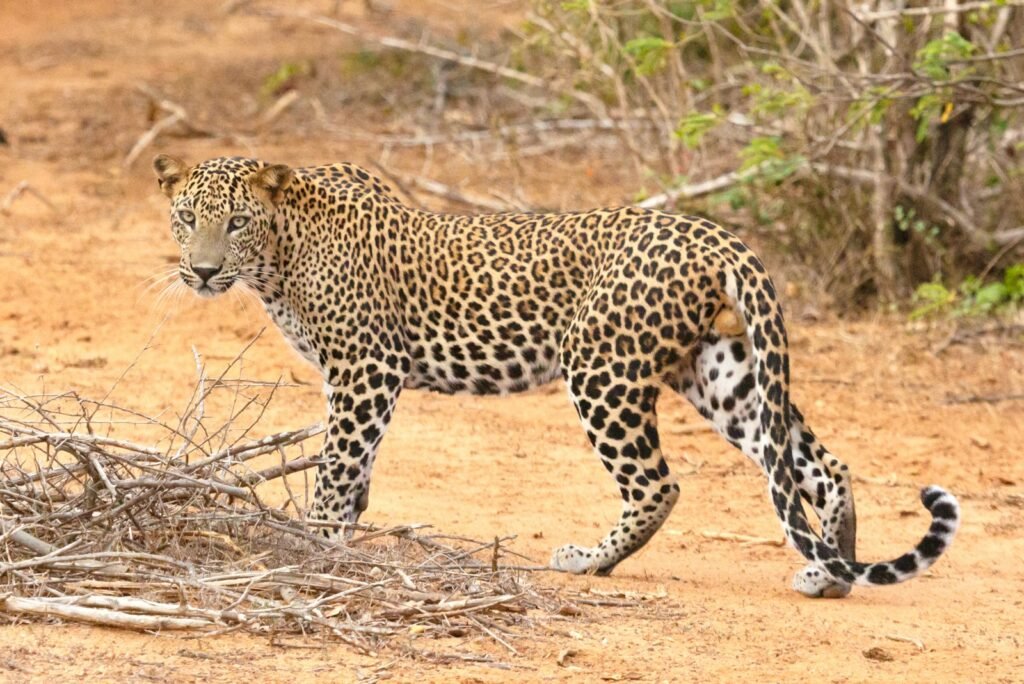
Leopards, known for their adaptability and wide distribution, don’t traditionally migrate but are instead driven by prey dynamics and competition. They often move short distances in response to seasonal changes in prey abundance. These movements, known as dispersals rather than migrations, are critical for maintaining healthy genetic diversity within populations.
Cheetahs: Nomads of the Savannah
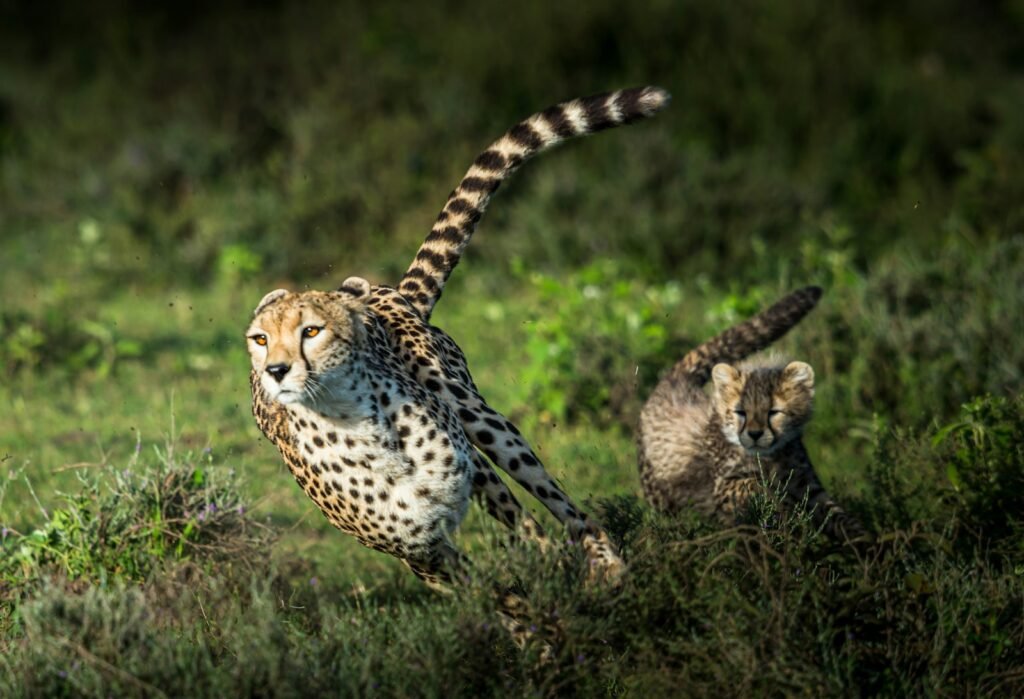
Cheetahs are more nomadic than migratory, traveling vast distances across African savannahs in pursuit of prey. Unlike their carnivore cousins, cheetahs face higher vulnerability due to specific dietary needs and low genetic diversity, which exacerbates the challenges of habitat encroachment and prey competition.
The Role of Human Activities in Altering Migration Patterns
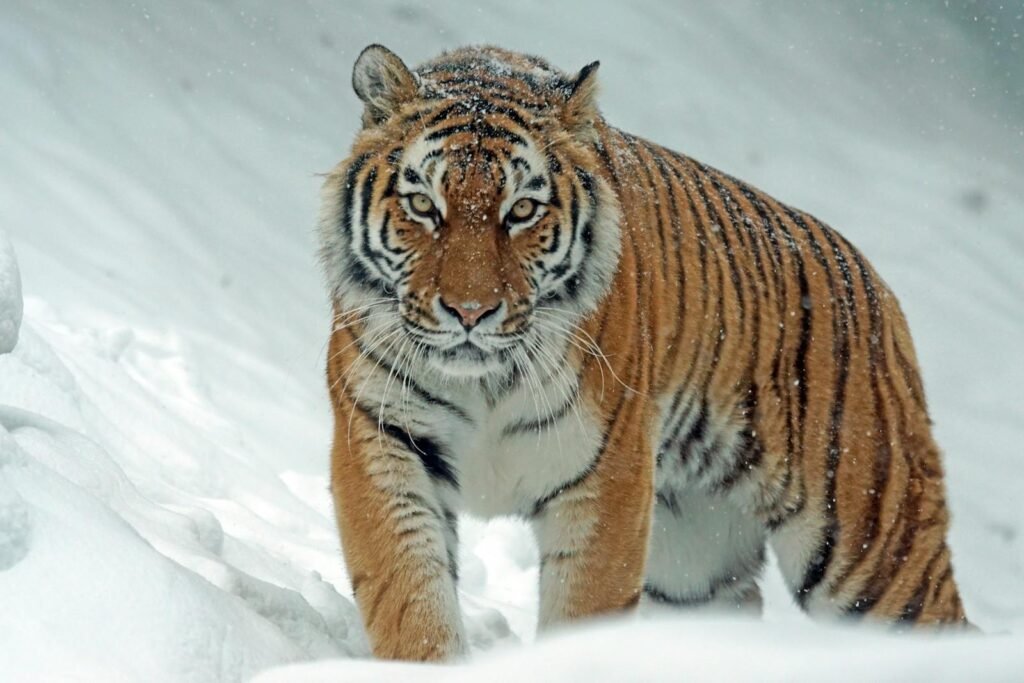
Human activities, including agriculture, urban development, and poaching, have significantly impacted big cat migration patterns. As humans encroach on wildlife habitats, big cats are forced to adapt to shrinking territories. This has resulted in increased human-wildlife conflicts and threatens their survival. Conservation efforts are critical in ensuring these ecosystems and their natural inhabitants remain intact.
Conservation Efforts to Support Big Cat Migration
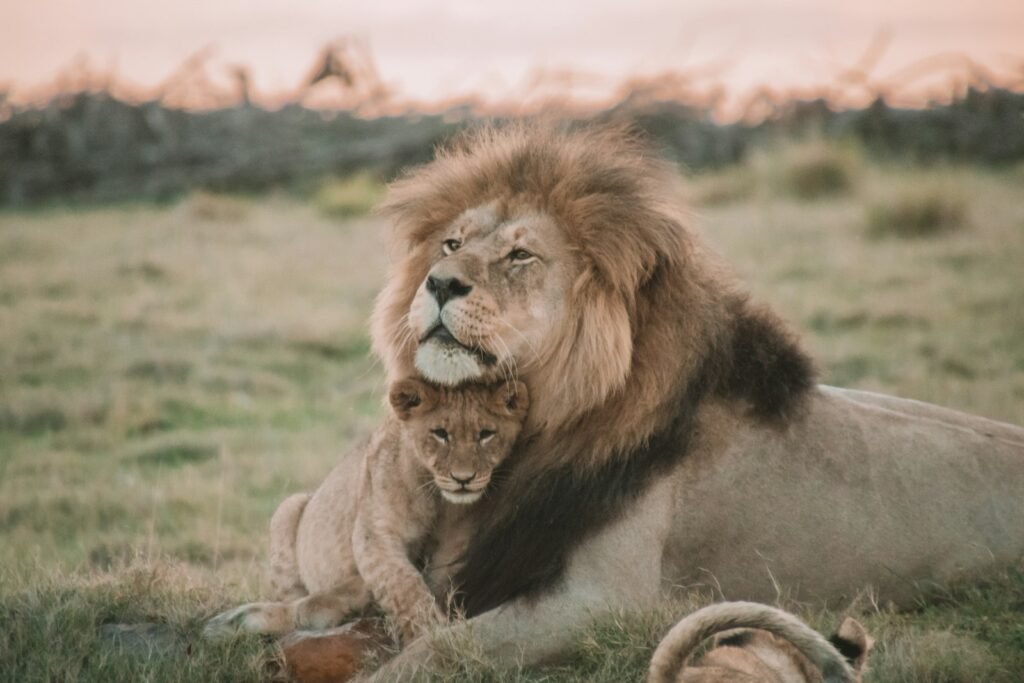
Conservationists globally are working tirelessly to protect big cats and preserve their habitats. Efforts include establishing wildlife corridors, anti-poaching measures, and community engagement programs. Understanding and facilitating natural migration patterns are essential for the health and sustainability of big cat populations and their environments.
Emerging Research and Technologies in Tracking Big Cat Migration
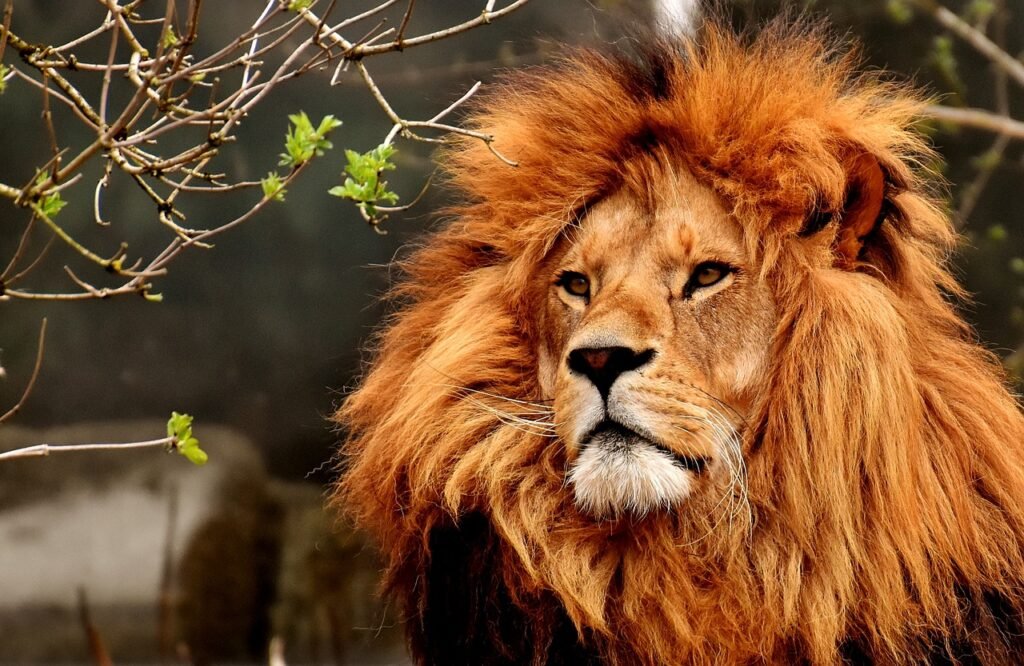
Recent advances in technology, like GPS collars and satellite tracking, have revolutionized how scientists study big cat movements. These technologies provide invaluable data on home ranges, predation patterns, and habitat use, enhancing our understanding and ability to devise effective conservation strategies.
Conclusion: The Future of Big Cat Migration
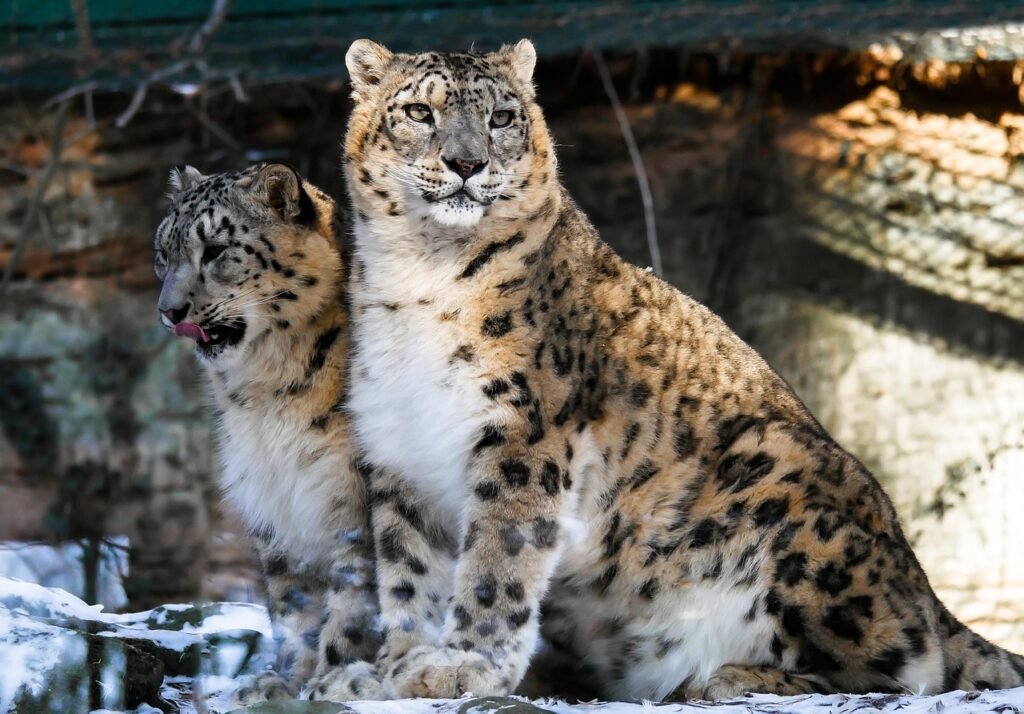
The study of big cat migration patterns presents both opportunities and challenges. As environmental pressures evolve, so must our strategies to protect these iconic species. Continued research and dedication to preserving natural habitats will be crucial steps in ensuring big cats continue to roam the earth for generations to come.
Hi, I’m Bola, a passionate writer and creative strategist with a knack for crafting compelling content that educates, inspires, and connects. Over the years, I’ve honed my skills across various writing fields, including content creation, copywriting, online course development, and video scriptwriting.
When I’m not at my desk, you’ll find me exploring new ideas, reading books, or brainstorming creative ways to solve challenges. I believe that words have the power to transform, and I’m here to help you leverage that power for success.
Thanks for stopping by, Keep coming to this website to checkout new articles form me. You’d always love it!






